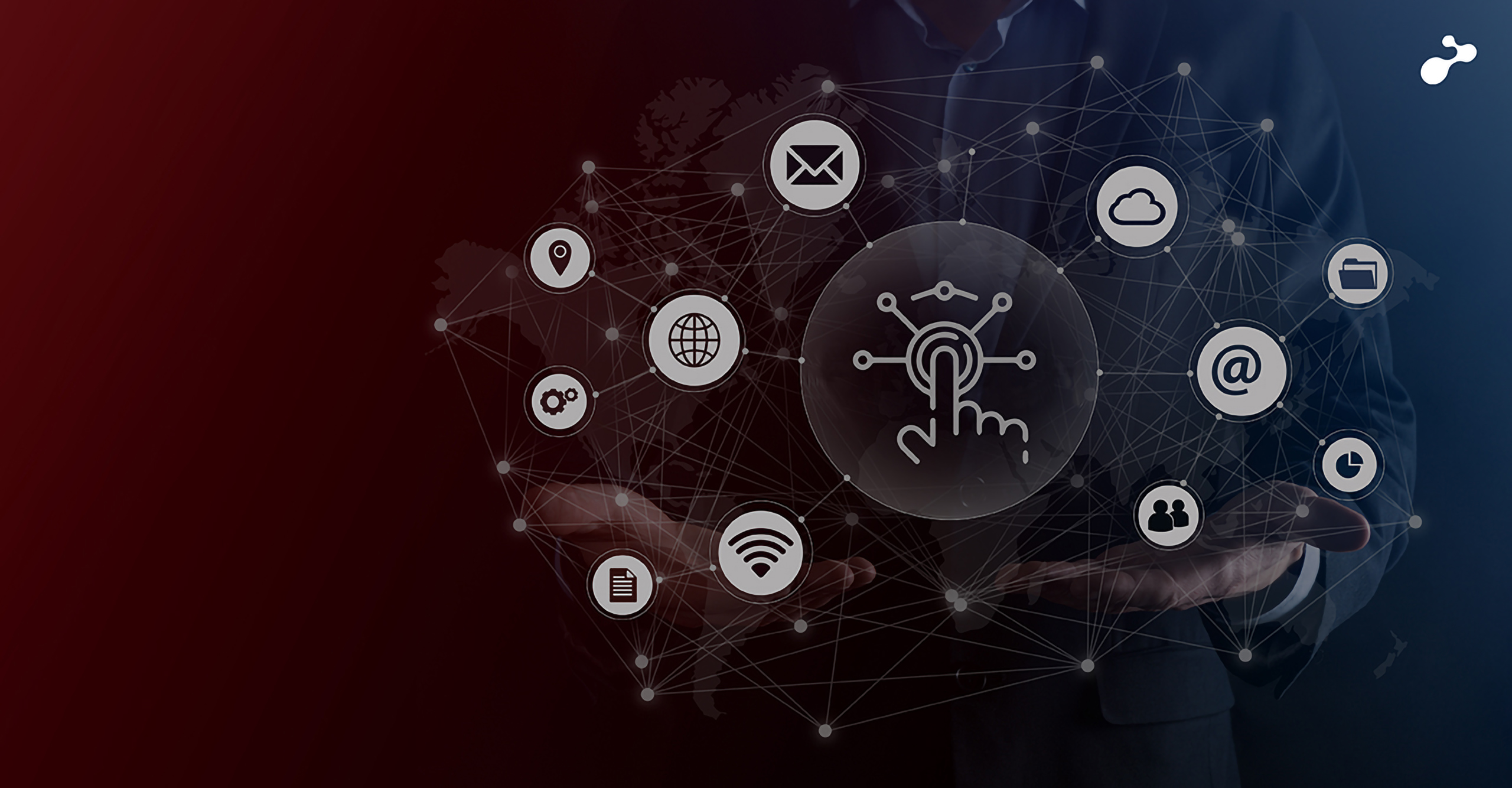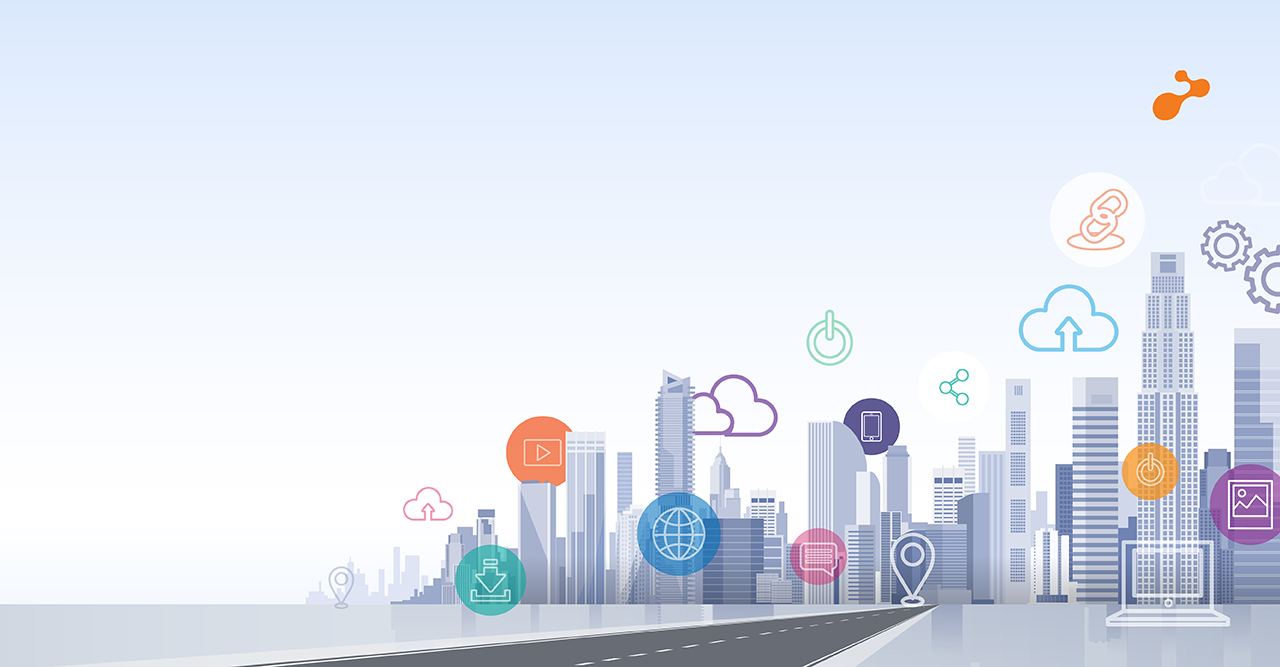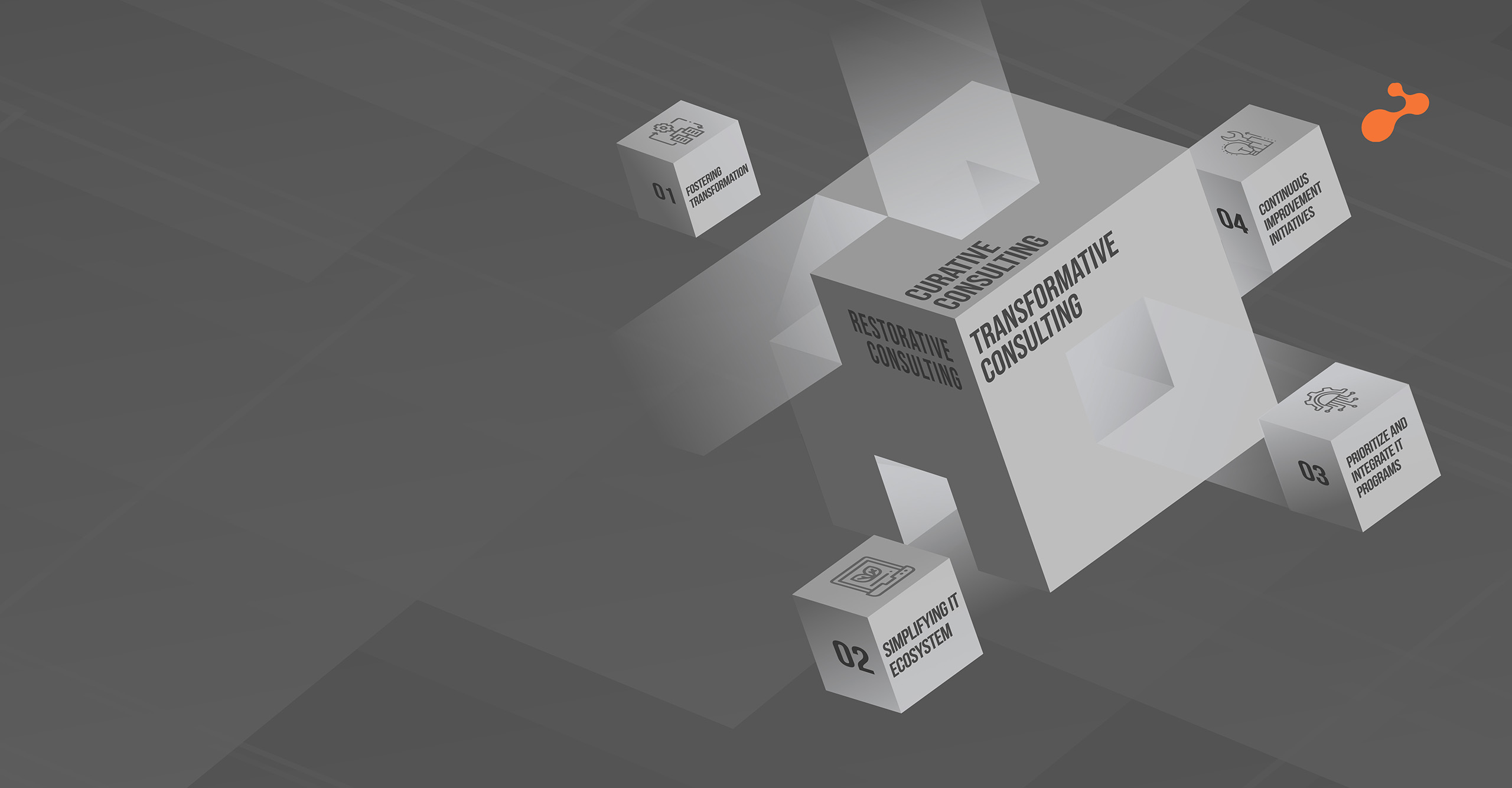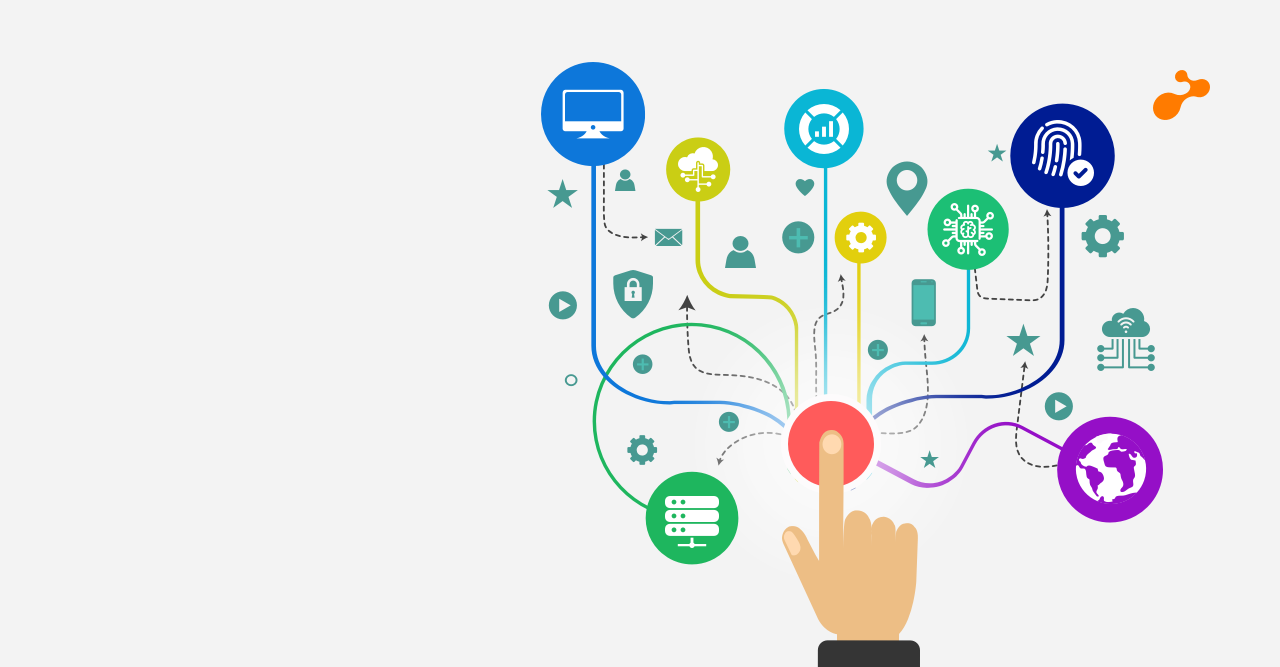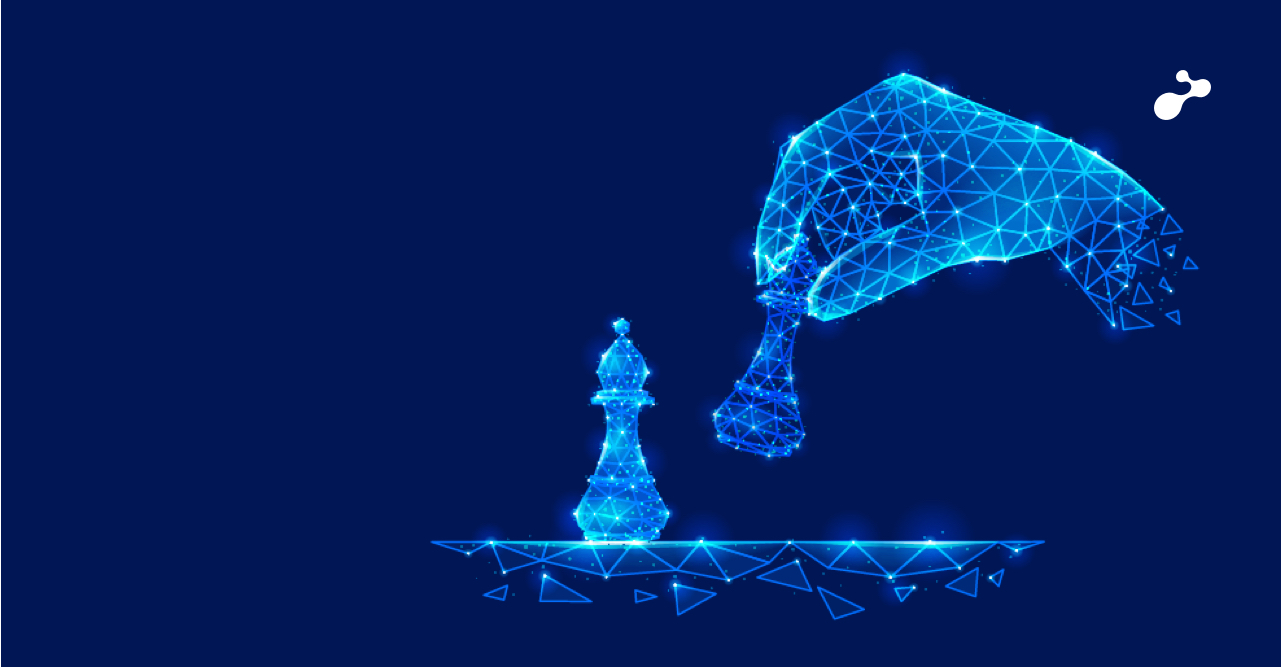During a recent project demonstration, I faced poor Wi-Fi connectivity. The call abruptly stopped, leaving me no other option than restarting the Wi-Fi router and praying that it works smoothly. Suddenly I time-traveled to 2013 when I had delivered a seminar on Light Fidelity as a part of my engineering curriculum. The thoughts of the seminar were surfing in my head. During the lockdown, we have faced a similar situation; poor speed causing time lag between calls, dead spots that are not covered using Wi-Fi, weak signals causing disturbance in communication, and much more! There is an increased dependency on digital connectivity due to the COVID-19 pandemic, as everyone is connecting over different applications such as Zoom, WebEx, Teams, etc. These applications and our Work-From-Home lifestyle consume high bandwidth, and the dependency on Wi-Fi has increased manifold. The limitations of Wi-Fi are still persistent, with no solution be it problems related to range, reliability, security, and speed. The radio waves spectrum seems to be completely occupied, requiring a new spectrum for this increasing demand.
What if all lights in your room communicate with each other and create a bridge of wireless networks to provide internet access? This Technology would be the best optimum solution over Wi-Fi technology called Li-Fi (Light Fidelity). Li-Fi is a label for a wireless communication system that is used to describe visible light communication technology applied to high-speed wireless communication. The rapid flickering rate of LEDs uses an array of LEDs for parallel data transmission, using RGB LEDs to help alter light frequency with each frequency, encoding different data streams promising theoretical speeds of 10 Gbps.
Li-Fi can be used in domains where Wi-Fi cannot be used due to its zero electromagnetic interference. It can be used in Health technologies (where Wi-Fi is interrupted by mobile devices), traffic applications (regulating traffic using visible lights associated with vehicles), power plant applications (where Wi-Fi is prohibited), aircraft (affordable high-speed internet), undersea working (underwater communication where connecting devices is a problem), disaster management (easy updates during earthquake across different zones), etc. Li-Fi can form the basis for IoT applications where connectivity is a must, and Li-Fi provides it with better speed (1 GBPS or beyond), reliability (availability of lights sources all over), security (light cannot pass through an opaque substance), and with ease due to LEDs. Though Li-Fi is a new age technology and a lot of research is continuing on it, we are not far from the day when all LEDs start communicating with each other, and we are no more or less dependent on Wi-Fi.
What are your thoughts about the future of connectivity? With high-speed internet and changing requirements for robust connectivity everywhere, Li-Fi could well be the ideal partner to our new-age demands!


